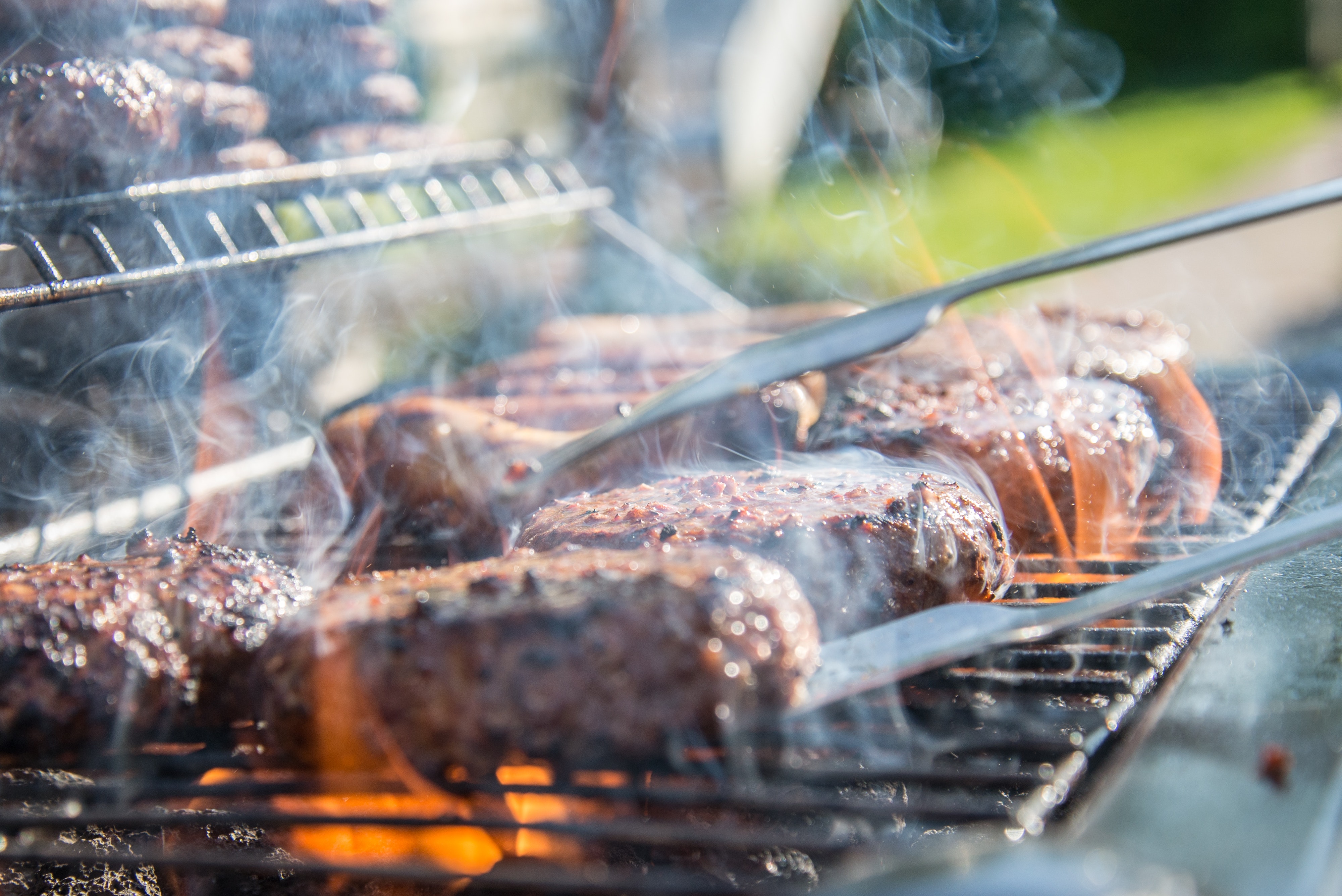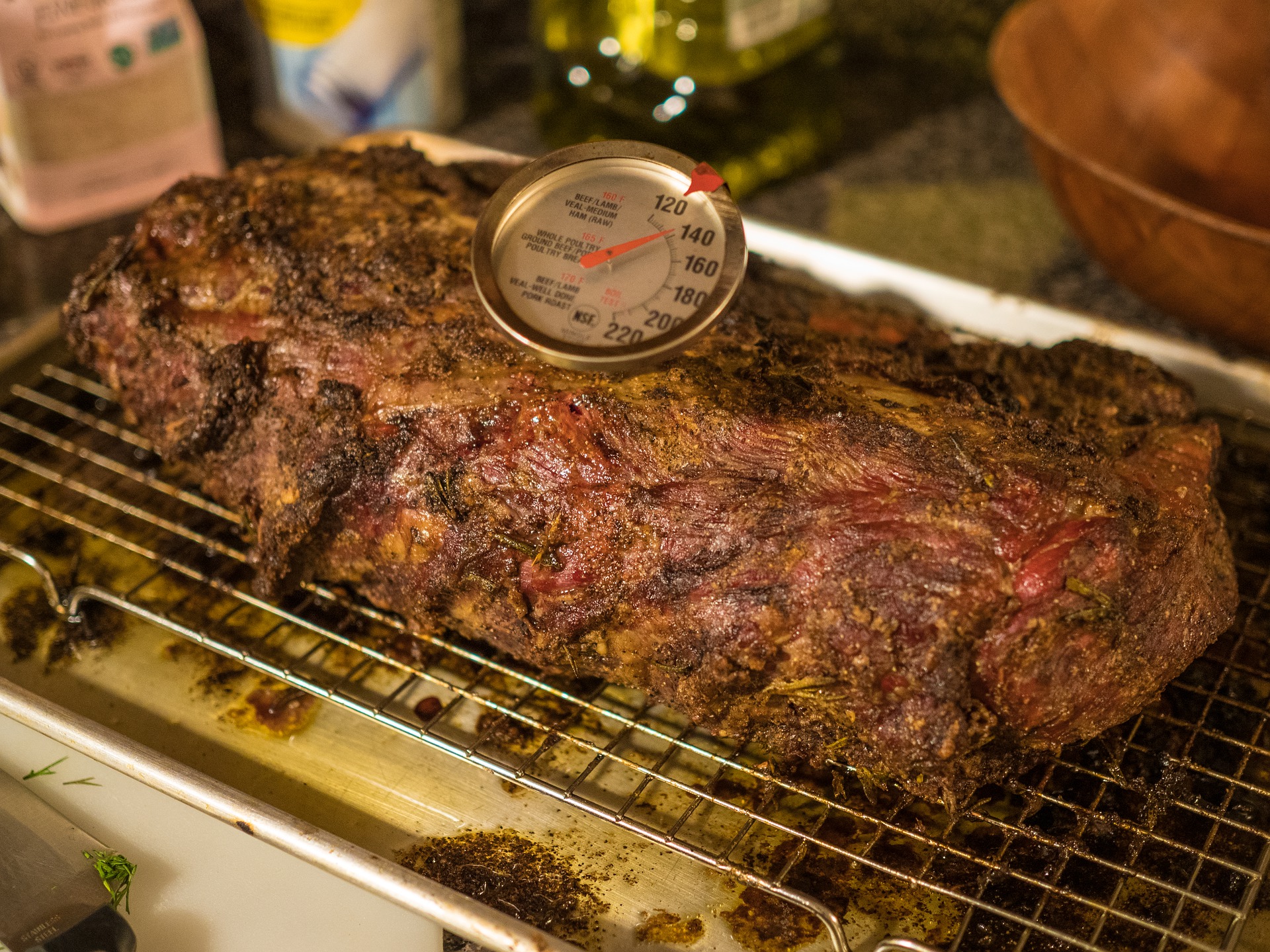Homegrown Features BBQ
go.ncsu.edu/readext?817197
en Español / em Português
El inglés es el idioma de control de esta página. En la medida en que haya algún conflicto entre la traducción al inglés y la traducción, el inglés prevalece.
Al hacer clic en el enlace de traducción se activa un servicio de traducción gratuito para convertir la página al español. Al igual que con cualquier traducción por Internet, la conversión no es sensible al contexto y puede que no traduzca el texto en su significado original. NC State Extension no garantiza la exactitud del texto traducido. Por favor, tenga en cuenta que algunas aplicaciones y/o servicios pueden no funcionar como se espera cuando se traducen.
Português
Inglês é o idioma de controle desta página. Na medida que haja algum conflito entre o texto original em Inglês e a tradução, o Inglês prevalece.
Ao clicar no link de tradução, um serviço gratuito de tradução será ativado para converter a página para o Português. Como em qualquer tradução pela internet, a conversão não é sensivel ao contexto e pode não ocorrer a tradução para o significado orginal. O serviço de Extensão da Carolina do Norte (NC State Extension) não garante a exatidão do texto traduzido. Por favor, observe que algumas funções ou serviços podem não funcionar como esperado após a tradução.
English
English is the controlling language of this page. To the extent there is any conflict between the English text and the translation, English controls.
Clicking on the translation link activates a free translation service to convert the page to Spanish. As with any Internet translation, the conversion is not context-sensitive and may not translate the text to its original meaning. NC State Extension does not guarantee the accuracy of the translated text. Please note that some applications and/or services may not function as expected when translated.
Collapse ▲Backyard BBQ Series
Every month, the folks at N.C. Cooperative Extension produce a series of videos called Homegrown. These videos highlight tips and tools from Extension’s subject-matter experts across the state. Segments share information on home horticulture and gardening, North Carolina agriculture and our food systems, and the safe preparation and preservation of the foods we love. These videos are posted on YouTube.
 A recent series of posts on Backyard BBQ caught my attention. There were four segments on BBQ featuring Dr. Dana Hanson, Associate Professor and Extension Specialist in Meat Science.
A recent series of posts on Backyard BBQ caught my attention. There were four segments on BBQ featuring Dr. Dana Hanson, Associate Professor and Extension Specialist in Meat Science.
Dr. Hanson showed how to prepare a perfect pork butt North Carolina style, Barbeque chicken in the kitchen and spare ribs. He also offers a short video on assembling a BBQ-Martini (spoiler: grilled, not stirred, no gin and no olives) where the ingredients are shredded pork, beans, slaw and a few pickles.
Another segment shared how to make and use a dry rub for meat. Hanson explains that dry rubs can be as complicated or as simple as you want them. He’s of the mindset that simpler is better saying that the meat should be the showcase, after all, not the rub. Here’s a recipe for dry rub recipe developed by the Meat Lab at the College of Agriculture and Life Sciences (CALS) at NC State University. This versatile seasoning works well with many kinds of meat, including beef briskets, chicken or pork. Use it as a base rub to enhance whatever sauce or signature flavor you prefer.
CALS Tailgate Dry Rub
Ingredients
- 1 cup kosher salt
- 1 cup coarse pepper
- 1 Tablespoon onion powder
- 1 Tablespoon garlic powder
- Red chili pepper flakes (to taste)
- Sugar (optional)
Directions
- Add the ingredients, one at a time, into a food storage container. Mix well by shaking or stirring. Before cooking, sprinkle a little of the mix onto each side of the meat.
- Sugar is a common ingredient in dry rubs, but optional in this one, particularly if you want to cut the salt flavor. Be careful not to add too much sugar (no more than 20% of the total rub mix or six tablespoons for this recipe), or it will caramelize and possibly burn when cooking.

Always cook meats to the appropriate internal temperature to kill potential pathogens (e.g., beef and pork should reach 145ºF, poultry should reach 165ºF). Check temperature with a food thermometer at the thickest part of the meat. In the Homegrown videos, Dr. Hanson cooked most of the meats to a higher temperature for tenderness and flavor. Our Safe Plates Information Center has a great fact sheet on Grilling Safely at Home.
In one of the videos Dr. Hanson mentions an award-winning Howling Hog BBQ Sauce that has been developed by CALS Meat Science students. If you’re in the Raleigh area it’s available for sale at the The Howling Cow Dairy Education Center and Creamery at 100 Dairy Lane, off Lake Wheeler Road, in Raleigh. While you’re there, be sure to check out their ice cream and milk.
Homegrown
You can watch the Backyard BBQ series yourself, it can be found at NC State University Homegrown. All past videos are archived at this site, too. You can subscribe to get an email announcement when new Homegrown videos have been posted.
Each month Homegrown videos feature three different segments: In the Garden, In the Kitchen and On the Farm. Homegrown shares tasty, nutritious recipes and safe food prep tips; shows what’s in season and how it’s grown; and shows where our food comes from and what it takes to feed North Carolina. Check them out today.
Cheryle Syracuse wrote this article and more similar ones for the Family and Consumer Sciences Column in the Brunswick Beacon. Syracuse is an FCS team member and can be reached at N.C. Cooperative Extension, Brunswick County Center, 910-253-2610 or by email at cheryle_syracuse@ncsu.edu.



